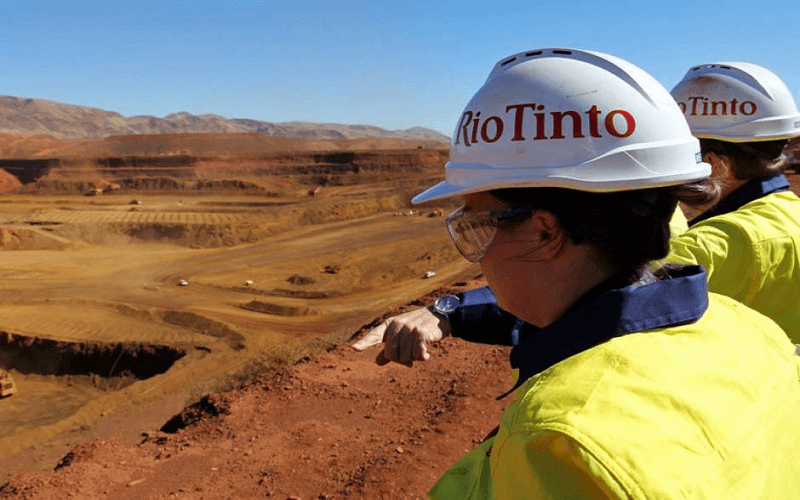
Rio Tinto (ASX, LON:RIO), the world’s second largest miner, gave its shareholders an early Christmas present Wednesday as it declared its biggest interim dividend in the company’s 144-year history, thanks to climbing commodity prices that made first-half profit jump an impressive 93%.
The Anglo-Australian company also said it will increase its share buy-back program this year, as net profit for the first six months of the year came in at $4.14 billion, more than double the $2.13 billion it logged in 2016, yet slightly short of market expectations.
Rio will return a total of $3 billion to shareholders: $2 billion on the dividend side and $1 billion of share buybacks.
Chief executive Jean-Sebastien Jacques said the results unveiled today show the firm’s “very simple strategy” was working. “But we believe there is more we can do,” he noted, adding that further payouts could come “down the track” after Rio closes its $2.45 billion sale of Coal & Allied to Yancoal (ASX:YAL), estimated for the third quarter of 2017.
The London-based miner’s performance is a clear reflection of a reverse in the mining industry’s fortunes, as companies big and small are now benefiting from a recovery in prices of commodities including iron ore, which is Rio’s key commodity, as well as aluminum and even coal.
Should that rally fade, however, there’ll be no more cash flow from coal for Rio Tinto to fall back on, warned Wednesday Bloomberg analyst David Fickling. “And its copper-mine stakes — hit by strikes this year at Escondida in Chile and Grasberg in Indonesia, plus the vast cost of reaching full production at Oyu Tolgoi in Mongolia — aren’t producing enough earnings to make up the difference,” he wrote.
Fickling’s comments are based on the fact that the company’s shareholders receive dividends based on a policy set up in February 2016, which ensures between 40% and 60% of underlying earnings are paid out to investors as a dividend every six months. The old approach saw them receive guaranteed dividend payments, but Rio had to re-evaluate it to better reflect volatile commodity cycles, such as the one that took the whole industry down in 2015.
The company’s iron ore division contributed 80% of Rio Tinto’s underlying earnings. The miner, the world’s second largest producer of the commodity, generated almost 130 million tonnes of the steelmaking ingredient during and received an average price of $67.80 a tonne in the period, 26% more than just a year ago.
Source: www.mining.com